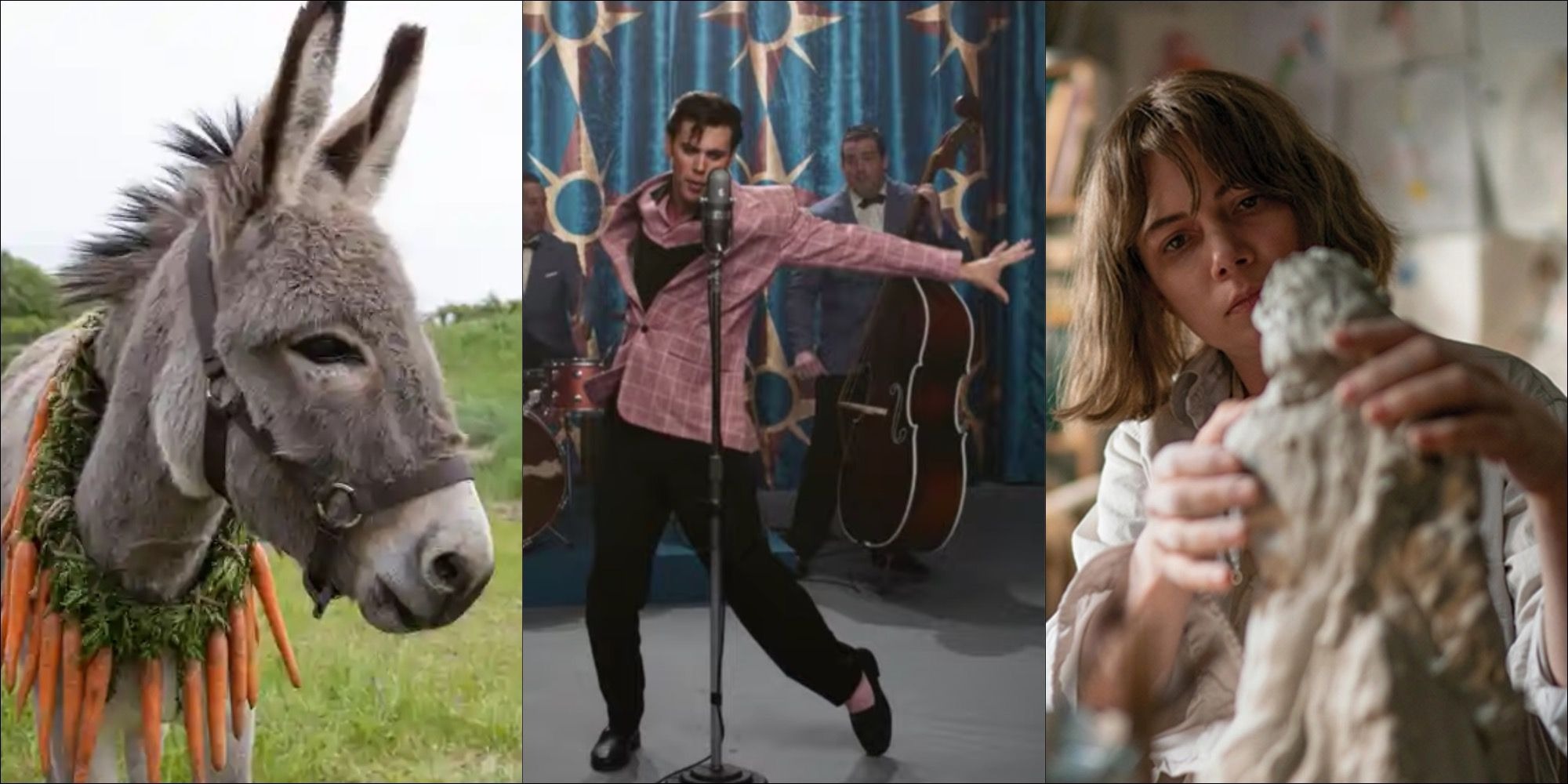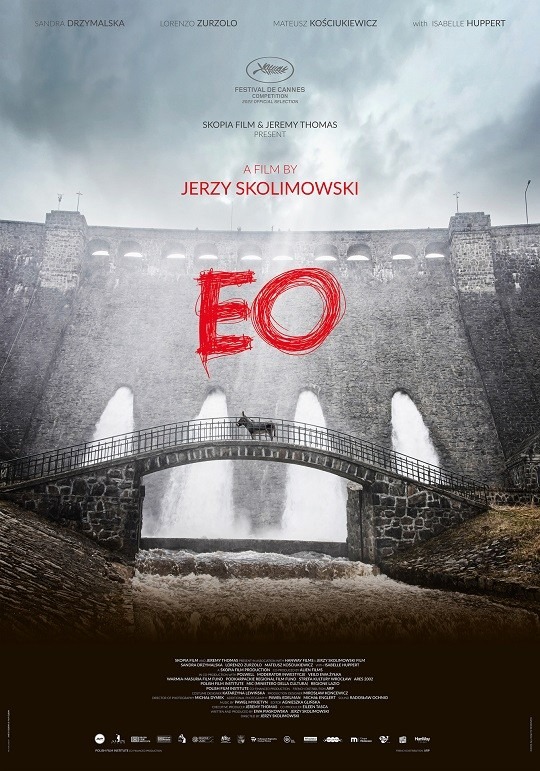EO, a Polish film distinguished by its Oscar nomination, crafts an unusual tale centered on a mute donkey crossing a sequence of unpredictable events. The film’s final moments are particularly enigmatic and thought-provoking.
The plot develops through loosely connected episodes as the titular animal calmly observes and interacts with human environments. The third act, however, takes a jarring turn with abrupt story move and a tragic conclusion, leaving the audience unsettled.
Examining the closing scenes reveals deeper connections to the film’s overarching themes and helps to unravel its seemingly perplexing conclusion.

Abrupt Story Changes in the Final Act
The chain of events leading to the final act begins when Eo attacks a man, resulting in his relocation via a truck. Along the way, a robbery transpires, culminating in the driver’s murder. Despite this turmoil, a drifter named Vito (portrayed by Lorenzo Zurzolo) encounters the donkey and discreetly takes him from the crime scene.
The storyline temporarily redirects focus to Vito, a priest with a tense, romantic relationship involving his stepmother (Isabelle Huppert), as he returns to his hometown.
Before this subplot can reach any resolution, the narrative redirects to Eo. The donkey escapes, abandoning Vito and his stepmother’s unresolved arc. The film then presents a striking visual sequence of Eo standing near a roaring waterfall, signaling the approach of the climax.
He is eventually herded into a slaughterhouse alongside cattle, where his fate becomes grimly evident. The closing frame, accompanied by the sound of blades, starkly concludes Eo’s journey, prompting reflection on the relevance of earlier storylines.
Addressing Animal Rights Through Eo’s Perspective
Themes of animal welfare and the unpredictability of their lives permeate the film’s narrative. From the opening scenes, Eo’s story draws attention to issues concerning ethical treatment.
Introduced as a circus donkey, his circumstances changes when new animal welfare policies lead to the closure of the circus. His travels expose a spectrum of human attitudes toward animals, ranging from care to exploitation.

Brief mentions of donkey meat earlier in the film subtly foreshadow the slaughterhouse scene. These seemingly incidental details illustrate societal disregard for animal welfare, as workers fail to differentiate Eo from the cattle.
This grim reality is underscored by the film’s dedication to animals in distress, urging a reevaluation of how they are viewed and treated.
Questioning Human Perceptions of Animal Cognition
The film challenges assumptions about how animals perceive the world by juxtaposing human challenges with Eo’s unresponsive demeanor.
Throughout his encounters, the donkey remains detached, even in dramatic circumstances such as witnessing violence or becoming involved in Vito’s personal conflicts. This neutrality underscores the divide between human emotional intricacies and the perceived simplicity of animal existence.
The fragmented subplots, especially in the final act, underline Eo’s disconnection from human concerns. By steering the narrative away from traditional arcs, director Jerzy Skolimowski emphasizes that Eo’s life is autonomous from human drama, encouraging viewers to reconsider their expectations of animal behavior.
Redefining Eo’s Role as a Protagonist
Although Eo takes center stage, his actions do not conform to typical protagonist traits. Unlike many animal-focused narratives, such as Babe or Homeward Bound, this film refrains from attributing human emotions or motives to its central character. Instead, it presents a realistic portrayal that confronts viewers with their biases about animal intelligence.
Despite his lack of awareness, Eo’s final moments resonate deeply, stirring emotions through his silent resignation. The contrast between his uncomprehending acceptance and the audience’s empathetic response bridges the gap between human and animal experiences. This emotional connection, while unreciprocated, leaves lasting questions about humanity’s bond with the animal kingdom.



